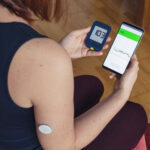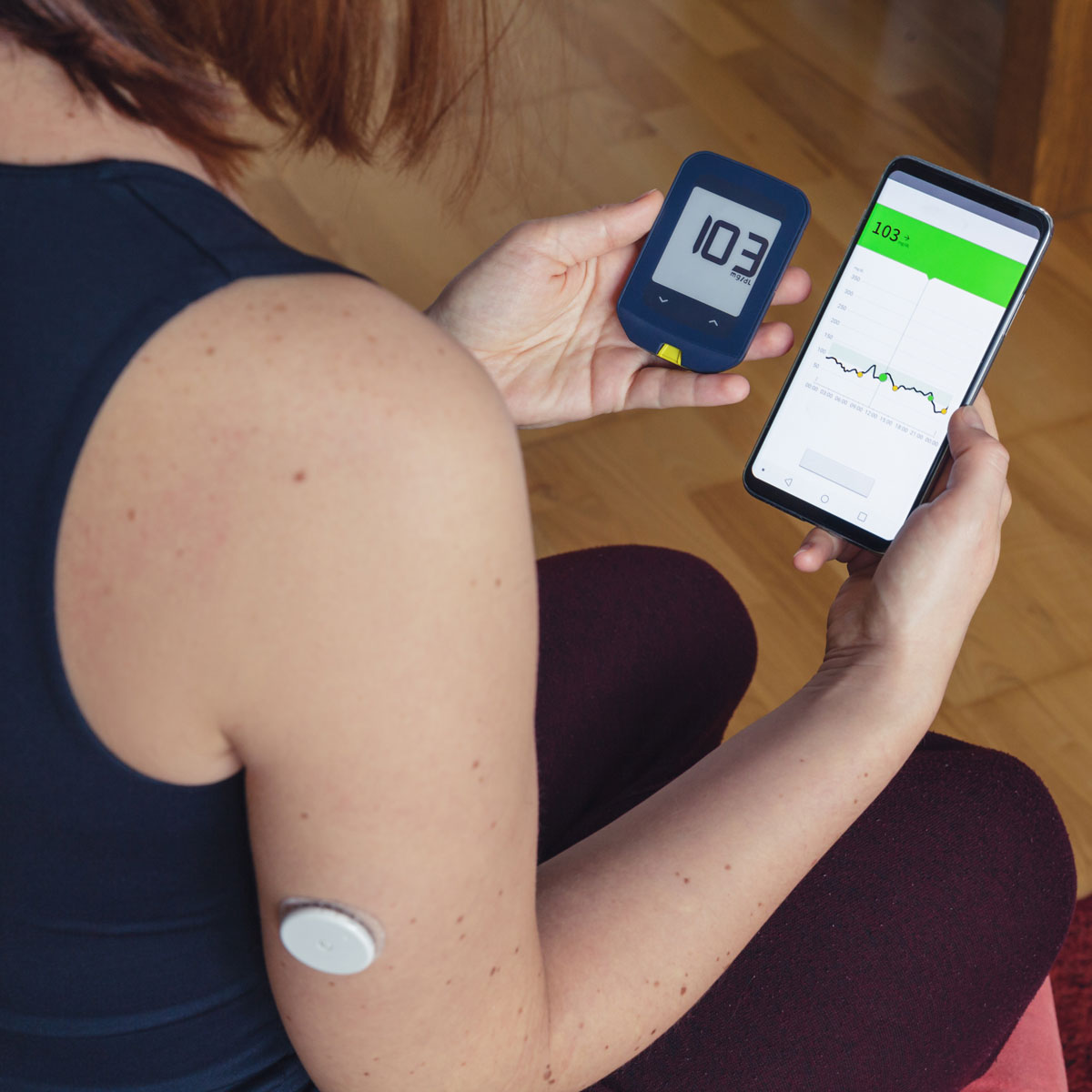
The month of June is Migraine and Headache Awareness Month. Our friends at the American Migraine Foundation shared a great story explaining how sleep disorders are linked to headaches and migraines.
Key Points:
- Sleep loss and oversleeping are common headache triggers.
- Regular, adequate sleep leads to fewer headaches.
- Common sleep disorders include: insomnia, sleep apnea, teeth grinding.
- Headaches that are linked to sleep include: wake-up headache and hypnic headache.
People living with migraine are between 2 and 8 times more likely to experience sleep disorders, compared with the general public. Those living with chronic migraine—which includes experiencing headache 15 or more days per month—report having almost twice the rates of insomnia as those with less frequent headaches. These higher-than-normal rates are due to migraine comorbidities and some migraine lifestyle factors that make good sleep harder to achieve. Fortunately, specific sleep patterns can be used to identify sleep disorders for treatment.
Common Sleep Disorders
Insomnia
The most common sleep problem for people living with migraine is insomnia. This includes difficulty falling or staying asleep, early morning awakenings and non-refreshing sleep. Insomnia impairs daytime functions, which results in fatigue, poor attention and concentration, and loss of motivation. In many cases, insomnia may stem from other chronic pain conditions, which makes it difficult to sleep comfortably and can disrupt normal sleeping patterns. For example, sleeping off a migraine attack in the day might delay your bedtime and throw your schedule off.
Providers diagnose insomnia with history or sleep diaries. Use a combined headache and sleep diary to diagnose insomnia and identify links between headache and sleep.
Snoring and Sleep Apnea
Regular snoring is a risk factor for chronic daily headache. Snoring may be the first sign of serious abnormal breathing, but not all snorers have obstructive sleep apnea, which is a condition that causes temporary pausing of breathing when asleep. Sleep apnea contributes to poor sleep routine; patients often awaken by headache or don’t feel rested after a full night’s sleep.
Symptoms of sleep apnea include apparent pauses in breathing, awakenings, nighttime urination, night sweats and daytime sleepiness. A significant proportion of sleep apnea-related headaches will improve or stop with the treatment of the apnea.
Teeth Grinding
Waking up with a dull, constant headache or sore jaw can be a symptom of excessive teeth grinding, which can contribute to temporomandibular disorders. While many people grind or clench their teeth from time to time, frequent teeth grinding—known as bruxism—can harm the teeth and be symptomatic of excessive stress and poor sleep.
Simple behavioral changes that target stress reduction, or the use of a mouthguard, can help prevent bruxism and the associated headache.
Types of Headaches Linked to Sleep
Wake-up Headache
The most common time for migraine to occur is in the early morning. People are vulnerable during the early morning because most over-the-counter and narcotic pain medications wear off in 4-8 hours, especially if they’re overusing those medications. Furthermore, many people will be asleep when the headache begins to emerge, missing the best time to take migraine medicines and rendering them less effective.
Hypnic Headache
Hypnic headache is a rare, primary headache disorder characterized by frequently occurring headaches that happen only during sleep. Sometimes known as “alarm clock” headaches because they occur at night and awaken the person from a sound sleep, these headaches can last between 15 minutes and 4 hours. Although these headaches usually occur without any other symptoms, some people report migraine-like symptoms like nausea, light or sound sensitivity that accompany their headache. If the diagnosis is in question, you may sometimes be referred to a sleep specialist to rule out more serious causes of headache.
Cluster Headache
Cluster headaches are another primary headache that may develop during sleep. These excruciatingly severe attacks often develop within an hour of falling asleep. The pain tends to be most severe in, around or behind one eye; last 20 minutes to 3 hours; and are associated with drooping of that eyelid, redness or tearing of the eye, or running or stuffiness of the nostril on the side of the pain.
The Link Between Sleep, Headache and Mood
The same brain regions and chemical messengers impact sleep, headache and mood, so inadequate or poor quality sleep increases the odds for headache and mood change. For example, people living with migraine who also experience insomnia often suffer from anxiety or depression, which are also common migraine comorbidities. An effective migraine treatment plan would factor in the patient’s medical history and psychological factors.
The Importance of Healthy Sleep
Behavioral sleep changes can promote restful, regular sleep and reduce headache. Simple changes like establishing consistent sleep and wake-up times, as well as getting between 7 and 8 hours of sleep a day, can make a world of difference. Experts also recommend avoiding substances that impair sleep, like caffeine, nicotine, and alcohol, and also suggest winding down before bed to prevent sleep problems. To hear about how members of our community stick to healthy sleep habits, read this article from our resource library.
From comorbidities to daily habits, many factors explain why a wide variety of sleep events trigger headache. Understanding your migraine and identifying simple lifestyle changes can make all the difference. As you embark on this journey, find the resources and support you need through our doctor-verified resource library and migraine support group.










